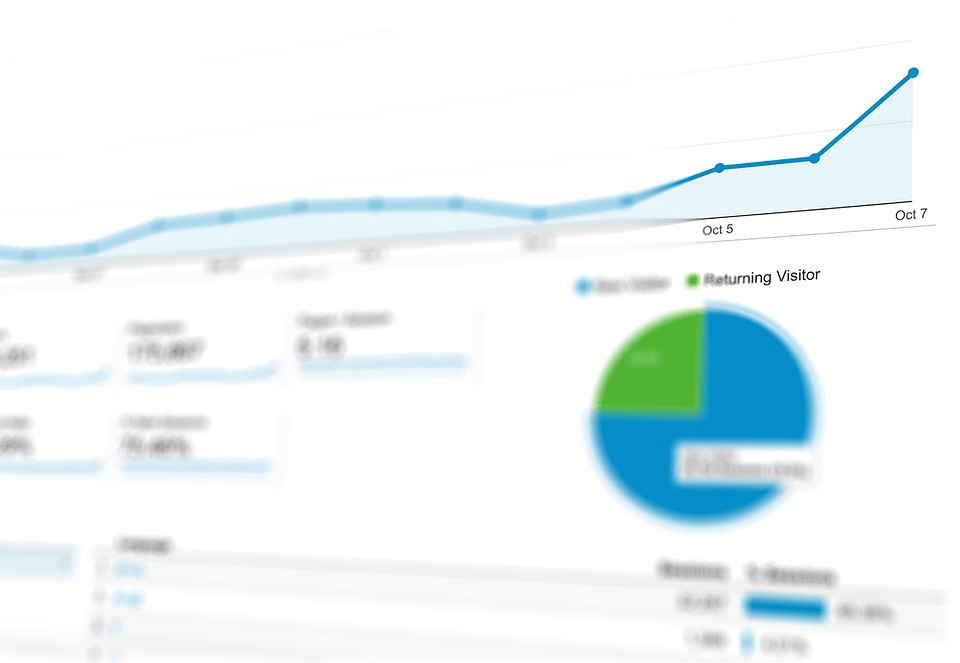
Google Analytics: 4 Actionable Insights You Must Monitor
Every SEO specialist understands that there is much more to ranking on the first page of a search engine than uploading a couple of posts on a blog and stuffing them with keywords. Laypersons can hardly conceive how nuanced SEO is.
Most SEO beginners probably didn’t think they would be doing so much of reading reports, analyzing data, and extrapolating insights. It would have been easier if SEO ended at creating a fire blog post. Maybe that was possible in the early days of search engines. But now that the internet is crowded, and every post wants to appear as the top results for certain keywords, there is a lot more to do.
An enormous part of SEO is analytics. SEO data gives insights into the performance of a website or blog and help you determine whether or not you are hitting your SEO goals. However, the problem is that, with SEO, there is so much data to look at. There are too many reports to read. This can be overwhelming to beginners, especially since they try to keep up with the information their analytics tool provides about their website or blog.
Actionable Insights You Must Monitor in Google Analytics
SEO experts understand that not all reports are created equal, and some are just more important than the others. This is not to say that not every report serves a purpose. They do, but the importance varies. The rest of this article examines four of the most important SEO analytics insights to monitor consistently what information they provide about a website, and how you as an SEO specialist can leverage that information for success.
Site Search Bar
A search bar on a website is an opportunity to learn the needs of your audience. For instance, if you notice that a particular keyword features prominently in user searches, it might be a sign that you need more content around that topic or promote existing content. That is how search bar queries can help in your keyword research.
Also, this report helps you find out how frequently the search box is used. For instance, too many searches can indicate an underlying problem such as poor website navigation as a result of weak internal linking for strategizing the site structure.
To gain access to this information, enable site search tracking by navigating through Admin > View > View Settings. You would find the report on ‘Site Search Overview’.
User Engagement Signals
User engagement signals have become important ranking factors. Sites with the most active engagements are deemed useful and relevant, and so are up ranked.
When it comes to user engagement, the most important metrics to monitor are bounce rate, dwell time, and click-through rate (CTR). The bounce rate is the percentage of visitors to your site who leave without registering an engagement. Dwell time measures how long people stay on the site. And CTR measures leads and conversions, and it is mainly useful for ads.
These rates may mean different things depending on the peculiarities of your website. But you would not know what they mean until you check them. Dwell time in Google Analytics is called ‘Average Session Duration’.
Custom Segments
This feature is probably the best way to understand your audience. The custom segments feature in Google Analytics allows you to compartmentalize your traffic information according to various metrics such as traffic source (organic, paid, or referral traffic), demographic data, device type, page actions, age range, etc.
Understanding the types of visitors your site attracts and how those visitors engage your site would help you create a better strategy that suits your audience. You can create custom segments and define the conditions from the segment builder feature in Google Analytics. The segment builder page looks like the image below.
 Analytics Intelligence
Analytics Intelligence
This is not a metric, but a feature in Google Analytics that allows you to set custom alerts for any unusual activity on your site. As an SEO person, it is impossible to keep up with everything that happens on your site; and sometimes, even drastic changes might elude your notice.
But automated insights are only one of the two major aspects of artificial intelligence in Google Analytics. The other is ‘custom insights’, which allows you to set up conditions to identify and report changes in data. For instance, you can set up an alert for if weekly traffic on your site depletes below a certain percentage.
To create these insights, click on the Insights card on the Analytics home page, then select ‘View All Insights’. When you click ‘create’, you can use one of Google’s suggested insights, or select ‘create new’ to customize your own conditions. The Insights dashboard appears like below:
 Conclusion
Conclusion
Google Analytics is a repository of opportunities, as are the many other SEO analytics tools. It really helps your analytics to know what information you need exactly. But sometimes, you simply don’t consider how certain insights and features might help. If you are a beginner to Google Analytics, you would gain a lot by exploring the space for a while, not necessarily to tweak anything, but to get an overview of how much data you have on your hands. If you are an expert, then it is only expected that you already know where to look.

